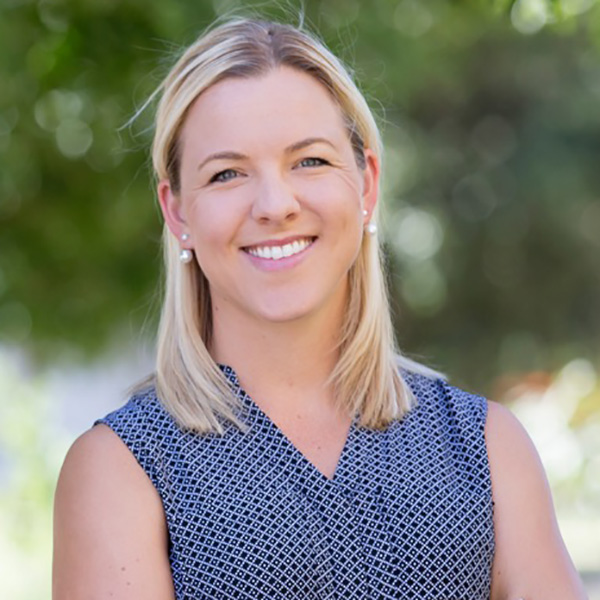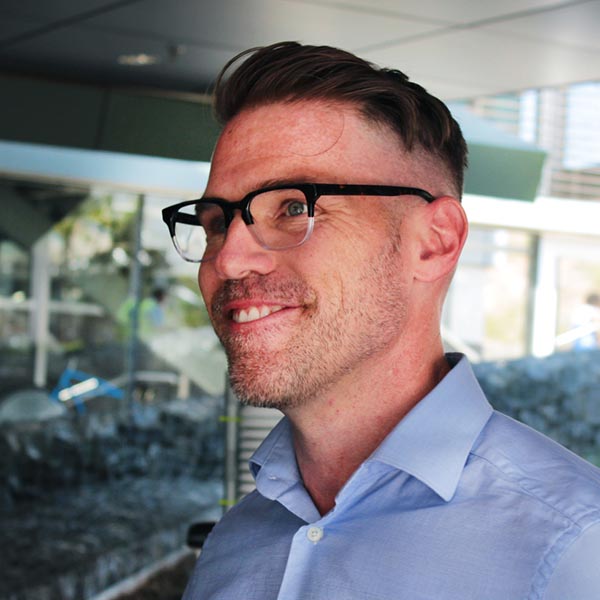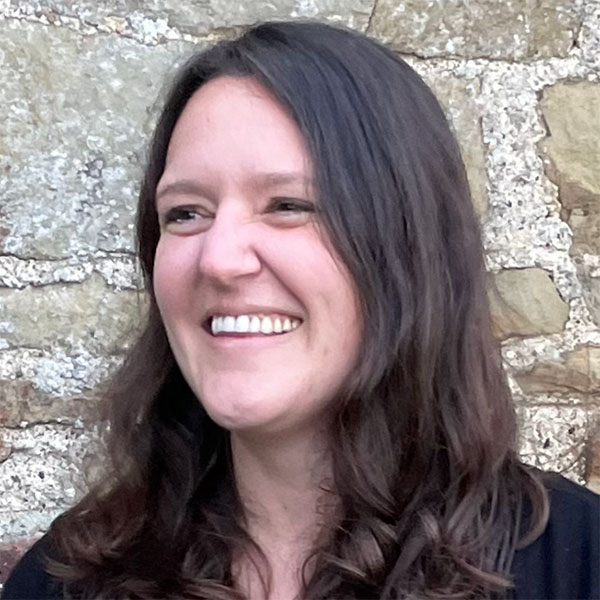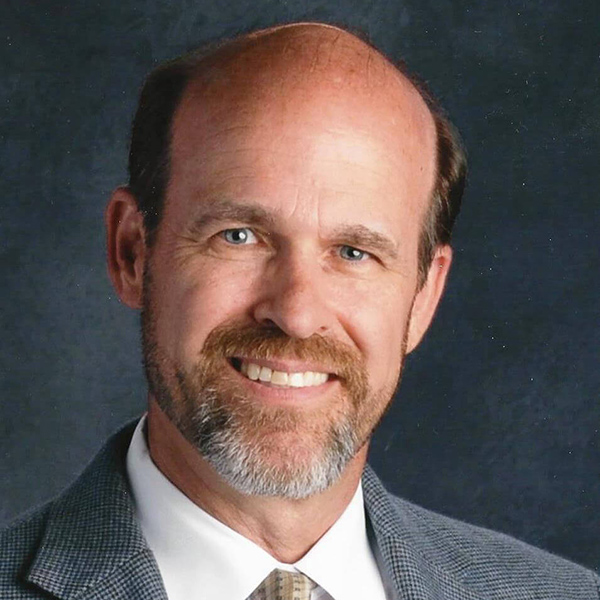Summary
In 2019, ASU researchers and Paideia Academies ambitiously set out to address the challenges of schoolyard exposures to heat and air pollution and to manage stormwater through revitalizing their playspaces as natural play and learning environments (see Paideia Project Roadmap). In 2021, after data collection, co-creation of designs with the community, funding challenges, and various iterations of plans, the school broke ground to create a natural play and learning environment (NPLE). The schoolyard is now a more naturalized landscape full of compelling, nature-based play and learning opportunities ready to be discovered by children. In these spaces, children are surrounded by hills, gardens, bioswales, native plantings, trees, orchards, climbing vines, rocks, and streams that help them discover nature while they play and build social, cognitive, and motor skills. Importantly, the infrastructure provides abundant shade that grows more each year; hedges for protection from heat, traffic pollution, and noise; and bioswales to manage stormwater runoff from South Mountain. A new school garden sanctuary provides food and additional learning experiences.
These outdoor environments are also part of the school’s environmental and sustainability curriculum. A lot has been learned around long term monitoring that can also be leveraged for learning and adapting plans based on school needs. The greatest impacts have been using environmental data, and analysis from the school, paired with literature and school-based needs, to make decisions around outdoor designs and usage that are safe and impactful. MaRTy data, for example, has been helpful in decision making. All the various researchers in the project (as well as teachers, maintenance staff, etc.) have learned a lot from each other’s methods and ways to enact change. We are continually learning both from the school and from each other. As the school evolves and the designs take fuller effect, we hope to be able to use the real-world evidence to drive more change yet are just waiting patiently as plants grow and we all keep adapting to new changes to heat and air pollution. Further, the data dashboard (coming soon) will allow for more ease of interaction with the data by community members.
Two ASU faculty partners involved with Paideia (Steve Zuiker, Janna Goebel) are also researchers working on a state-wide survey of school garden leaders. Researchers can confidently say that Paideia’s garden and wider outdoor infrastructure rank among the top 5% across Arizona school campuses (participating in the survey) based on the characteristics of school gardens reported by over 300 garden leaders across the state. Moreover, Paideia’s efforts to comprehensively integrate outdoor opportunities into academic learning via Take It Outside is a force multiplier of the established benefits of outdoor play, outdoor education, and garden-based learning in particular.
Overall, Paideia has provided a prominent example of sustainable infrastructure implementation that yields educational and ecological benefits among complex environmental, social, and infrastructural challenges. We have found overall that students are enjoying the new designs and are more active overall, especially in the back bioswale. This work, which now includes six seasons of data (spring and fall 2019, 2021, and 2022), has also led to multiple publications and ASU researchers will continue to collaborate with Paideia Academies on long term data collection (to observe changes) and additional drone imagery.
Partners
- Maricopa County Department of Public Health
- Maricopa County Department of Air Quality
- Paideia Academy
- Knowledge Exchange for Resilience
- City of Phoenix, Office of Environmental Programs
- City of Phoenix, Office of Heat Response and Mitigation
- Healthy Babies Bright Futures
- Trees Matter
- Arizona Sustainability Alliance
- USDA
- CAP LTER
Products
- Paideia Project Roadmap
- Paideia Heat Schema
- Final Report
- 2022 METIS Sustainable Infrastructure Award (in the ecological category)
- Paideia Data Report
- Emerson Data Report
Related Publications:
- Shifts in self-reported physical activity, sedentary behavior and play among lower-socioeconomic children during the COVID-19 pandemic: A repeated cross-sectional study by Wilson, K., JK Vanos, A. Hess, A. Schmidt, A. Ross in the American Journal of Health Promotion (2022)
- A direct observation tool to measure interactions between shade, nature, and children’s physical activity: SOPLAY-SN by A. Poulos, K. Wilson, K. Lanza, JK Vanos in the International Journal of Behavioral Nutrition and Physical Activity (2022)
- The Impact of Extreme Weather on School Education: Protecting School Communities edited by B Hyndman and JK Vanos (forthcoming)
Personnel
Funding
Healthy Urban Environments Initiative



 Jennifer Vanos
Jennifer Vanos
 Chingwen Cheng
Chingwen Cheng
 Paul Coseo
Paul Coseo
 Victoria Garrison
Victoria Garrison
 Janna Goebel
Janna Goebel
 Aaron Hess
Aaron Hess
 Brian Winsor
Brian Winsor
 Steven Zuiker
Steven Zuiker